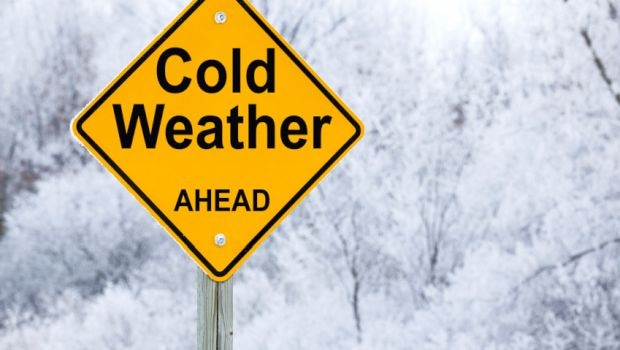Winter can be a challenging time for self-storage operators due to unpredictable weather conditions and potential impact on buildings and tenant belongings. Guest blogger Rick Watts from Vixxo offers some easy and cost-efficient ways to winterize your business before the first winter storm strikes.
December 7, 2017

Preparing for winter is second nature for many people living in cold climates. Getting a flu shot and putting on snow tires are part of a seasonal routine. However, just as we prepare ourselves for the winter weather, self-storage owners need to ready their facilities for the cold days (and nights) ahead.
Winter can be a challenging time for storage operators due to unpredictable weather conditions and potential impact on buildings and tenant belongings. A little planning and preparation go a long way in ensuring the hustle and bustle of the winter season don’t slow down your operation. While the extent to which operators need to prepare for harsh weather varies based on geography, all self-storage businesses should know that taking proactive steps to minimize the effects of winter is critical to the health of their business and property.
According to the Insurance Information Institute, the U.S. accounted for 60 percent of global insured disaster losses in 2015. Winter storms and cold waves caused $3.5 billion in insured losses in 2015, almost double the 10-year average of $1.8 billion.
From cold temperatures to ice and extreme precipitation, being prepared for what cold weather can inflict can help businesses get through the winter with as little damage as possible. Keep in mind that demand for service technicians is high during winter months. Additionally, parts availability tends to dwindle as manufacturers only produce and inventory a preset number of parts based on historical average and seasonal use.
Here are some easy and cost-efficient ways to winterize your business and spare yourself from interruptions by focusing on core areas before the first winter storm strikes.
HVAC Care
According to the U.S. Energy Information Administration, buildings are responsible for 39 percent of the total energy consumption in the United States.
A heating, ventilation and air-conditioning (HVAC) contractor—preferably one who is familiar with self-storage and your facility—can inspect your HVAC system to ensure it’s performing at maximum efficiency to handle the winter demand and protect against unnecessary outages and inflated heating costs.
It’s important to minimize the introduction of outside air through exterior air dampers. Put simply; the more cold air that enters a building, the more you must warm to properly heat the space. Even a few degrees of cold-air infiltration will result in higher heating bills. Additionally, compromised outside air dampers can result in frozen pipes due to too much cold air.
Keeping cold air out with proper insulation not only reduces heating costs and equipment run times, it can lengthen the life of your equipment as well.
Roof Inspection
Winter is the right time to call an experienced technician to inspect your rooftop to ensure ice or heavy snow won’t pile up and cause excessive damage to building structure.
Ensure roof drains are cleared of debris, as residual heat will cause snow and ice to melt. A clear path for excess moisture to drain is a must.
Familiarize yourself with your building codes to determine the snow-load design of your buildings.
Check for loose, torn or missing roofing membrane, which could create vulnerable areas for water and cold air to penetrate.
Plumbing Preparation
Inspect and drain all equipment that uses water, condensation, pneumatic controls or is detached from a main building, as these are especially vulnerable to freezing. In addition:
Drain or protect all unused chill-water air handlers used for air-conditioning.
Disconnect hoses or other attachments to outside hose bibs to avoid trapping water.
Verify that outside hose bibs and pipes are properly drained and repair any leaks to minimize the risk of water retention and ruptured pipes.
Protect your pipes (indoors and out) by installing proper insulation or trace heating applicable to your local climate.
Safety First
Self-storage operators and facility-maintenance teams also need to address winter safety. Snow and ice removal from drive aisles, parking areas and walkways to minimize falls and slipping accidents is critical. One area that’s often overlooked is carbon-monoxide poisoning, which can occur through increased use of heating equipment.\
Install and check carbon-monoxide detectors.
Inspect all heat exchangers to determine there are no signs of corrosion or leaks that could allow CO and other unburned gases into the airstream.
Inspect vents to make sure they’re unobstructed. Remove any items around a vent that could block exhaust and allow carbon monoxide to back up in the airstream and ultimately into your building.
Winter weather can be unpredictable, but keeping your storage facility running doesn’t have to be. By following these simple steps and using careful thought and planning, you’ll be better prepared for any winter mishaps that may come your way.
Rick Watts is vice president of operations for Vixxo, a facility-maintenance company that works with several well-known brands including Target, Starbucks, Michaels and 7-Eleven. For more information, visit www.vixxo.com.
About the Author(s)
You May Also Like





